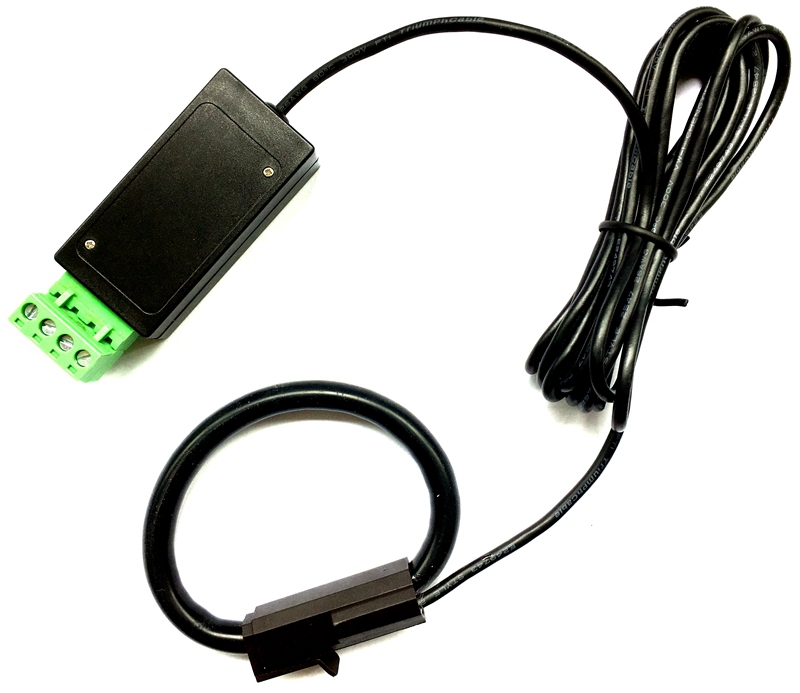
Rogowski coils are not just any current transformers; they require a unique set of design and manufacturing processes:
1 Precision Engineering: The accuracy of Rogowski coils, often within 1% or better, demands precision engineering. This involves meticulous design and assembly processes that require advanced equipment and specialized labor, factors that drive up manufacturing costs.
2 High-Quality Materials: Unlike traditional transformers that use standard materials, Rogowski coils often utilize expensive components such as litz wire and flexible printed circuit boards. These materials are chosen for their superior electrical properties, such as reduced skin effect and lower resistance, which are crucial for maintaining the coil’s high performance across a wide frequency range.
3 Calibration and Testing: To ensure that each Rogowski coil meets the required standards of precision, extensive testing and calibration are necessary. This rigorous quality control is essential for applications that depend on high accuracy but also adds to the overall cost of the coils.
The capabilities that make Rogowski coils particularly valuable also contribute to their higher cost:
1 Wide Dynamic Range: Rogowski coils can measure everything from small currents in the milliamp range to large currents exceeding thousands of amps without saturation. This versatility is due to their coreless design, which avoids the saturation common in iron-core current transformers and allows for a more stable and linear response.
2 Integrated Electronics: Many Rogowski coils come with built-in signal conditioning electronics. These include amplifiers and digital converters to facilitate easier integration with measurement systems, adding to their cost but also to their convenience and performance.
Rogowski coils serve a specific segment of the market that values their unique characteristics
1 Niche Market: The demand for Rogowski coils is concentrated in industries where precise current measurement is critical, such as in power quality monitoring, test and measurement, and industrial applications. The specialized nature of these markets means production volumes are typically lower, leading to higher per-unit costs.
2 Customization Needs: Often, Rogowski coils need to be customized to meet specific application requirements. This customization can involve anything from adjusting the physical dimensions of the coil to modifying its electrical properties, further increasing the production costs.
The design and functionality of Rogowski coils offer significant installation and operational benefits that can justify their higher cost
1 Ease of Installation: The flexible, open-loop design of Rogowski coils allows for easy installation around existing conductors, a major advantage in situations where space is limited or where it is impractical to disconnect the circuit for transformer installation.
2 Safety and Reliability: With no ferrous core to saturate, Rogowski coils maintain their accuracy over a vast range of currents and transient conditions. This reliability is crucial for safety-critical applications, making them a preferred choice despite the higher cost.
You may also interest in the articles below
The difference between a current transformer and a voltage transformer in electrical systems
Exploring the Advantages of Split Core Current Transformers for Sustainable Power
A Deep Dive into the World of Type B Residual Current Devices (RCDs)